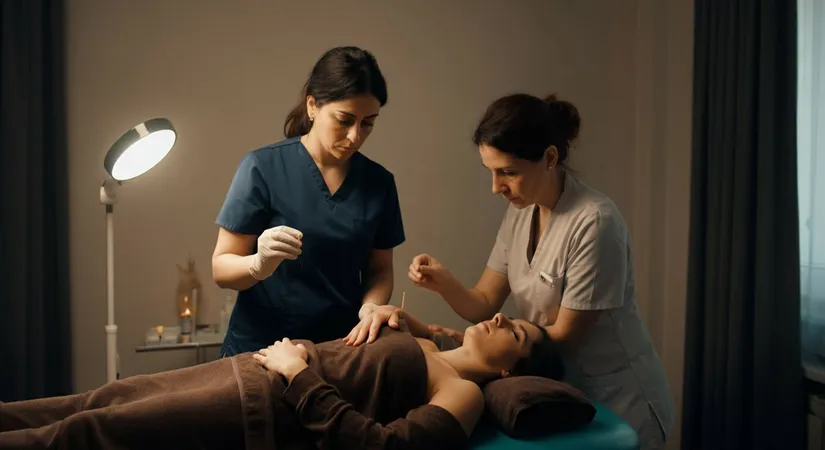Medical Aesthetics: Revolutionizing Beauty and Wellness in Aesthetic Hospitals
Explore the ancient art of acupuncture and uncover its secrets for better health and well-being.
Understanding the Basics of Acupuncture
Acupuncture, an ancient practice rooted in Chinese medicine, is believed to date back over 2,000 years. It involves inserting thin needles into specific points on the body to balance the flow of energy, known as qi (chi). This technique is founded on the premise that such energy flows through pathways in the human body, known as meridians. Acupuncture seeks to restore health by correcting imbalances and has been adapted in various forms across many cultures, each with nuanced practices.
History and Evolution
Originally practiced in China, acupuncture's popularity spread to Japan, Korea, and eventually Western countries, where it was integrated into modern alternative medicine practices. Over centuries, techniques and instruments have evolved, but the core philosophy remains the same: to harmonize bodily functions through strategic stimulation.

Exploring the Benefits of Acupuncture for Modern Health
Acupuncture has gained recognition for its potential to mitigate various health conditions, ranging from chronic pain to anxiety. By stimulating specific points on the body, acupuncture can promote natural healing and improve overall wellness. Clinical trials have shown its efficacy in treating headaches, migraines, and osteoarthritis, highlighting its role in pain management.
Health Benefits
- Chronic pain relief
- Stress and anxiety reduction
- Improved digestive health
- Enhanced immune function
- Better sleep quality
How Acupuncture Points Influence Your Well-being
Acupuncture points, though small, have a significant impact on the body's health. These points correspond to organs and systems, influencing physiological functions when stimulated. The art of acupuncture involves precise knowledge of these points to ensure effective treatment outcomes.
Key Acupuncture Points
Stomach 36, Large Intestine 4, and Lung 7 are among the key acupuncture points known for their therapeutic benefits. Each serves different purposes, from fortifying the immune system to relieving stress and improving breathing.
The Role of Acupuncture Needles in Therapy
Acupuncture needles vary in length and thickness, designed specifically to target certain areas. Made of stainless steel, these needles are sterile and disposable, ensuring safety during treatment. The sensation during insertion is minimal, often described as a slight tingling or warmth, contributing to the needle's therapeutic effects.
Needle Techniques
The depth and angle of insertion can vary; practitioners adjust these based on the condition being treated. Techniques such as moxibustion, which involves burning herbs near the skin, are sometimes combined with acupuncture to enhance its effects.
Integrating Chinese Herbal Remedies with Acupuncture
Chinese herbal medicine often complements acupuncture, offering a holistic approach to healing. Herbal formulas are crafted to balance the body's energies and address specific health issues.
Common Herbal Remedies
Herbs like ginseng, ginger, and licorice root are frequently used and can help fortify the body’s resilience to stress and illness when combined with acupuncture techniques.
Finding the Right Acupuncturist Near You
Choosing a qualified acupuncturist is crucial for safe and effective treatment. Look for practitioners certified by accredited institutions and do check their experience and patient reviews.
Qualifications and Certifications
Ensure your acupuncturist has certifications from recognized bodies such as the National Certification Commission for Acupuncture and Oriental Medicine (NCCAOM), which sets the standard for professional practice.